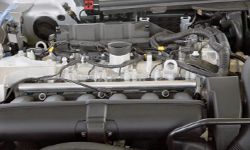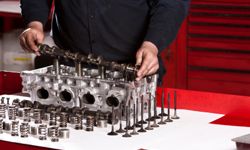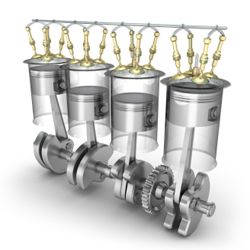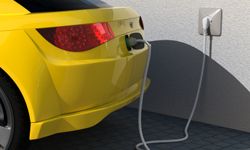Compared to other technologies we use every day, it seems like car engines haven't really changed much. The engine in an old Ford Model T has plenty in common with the engine in a 2011 Ford Fusion, but it's doubtful Alexander Graham Bell would know what to do with an iPhone. While communications technology has changed drastically, car engines use the same basic principle: The combustion of air and fuel to create rotational force and move a car.
But while the same basic principles that drove the first car engines are still used today, modern car engines have evolved to meet the power and efficiency needs of today's drivers. Think of older car engines as wolves and modern car engines as dogs. They're share the same heritage and have similar characteristics, but one does just fine in everyday modern situations, while the other just couldn't adapt to living in a city or suburb.
Advertisement
Before we talk about how modern car engines are different from older ones, you need to understand the basics of how a car engine works. Basically, gasoline and air are ignited in a chamber called a cylinder. In the cylinder is a piston that gets moved up and down by the gasoline/air explosion. The piston is attached to the crankshaft. As the piston moves up and down, it makes the crankshaft rotate. The crankshaft goes out to the transmission, which transmits that power to the car's wheels. Sounds simple, right? With modern engines the basics still apply, but there's a lot more to think about.





